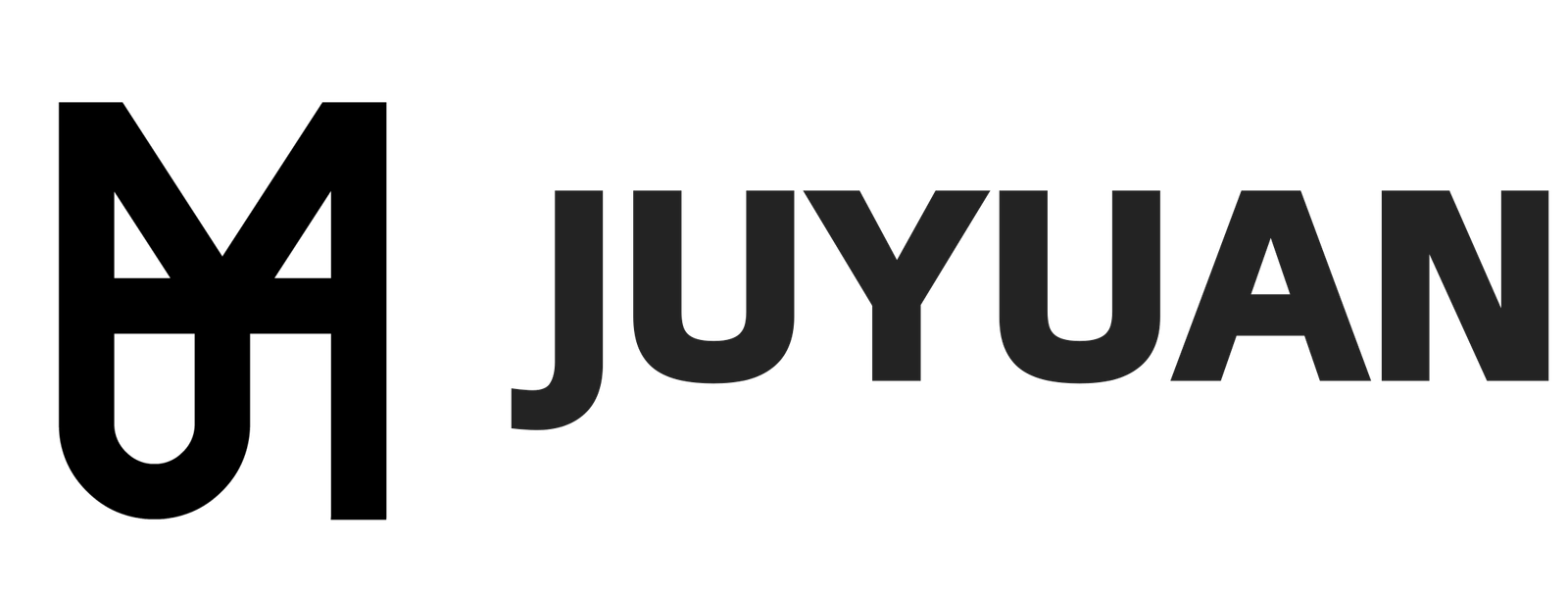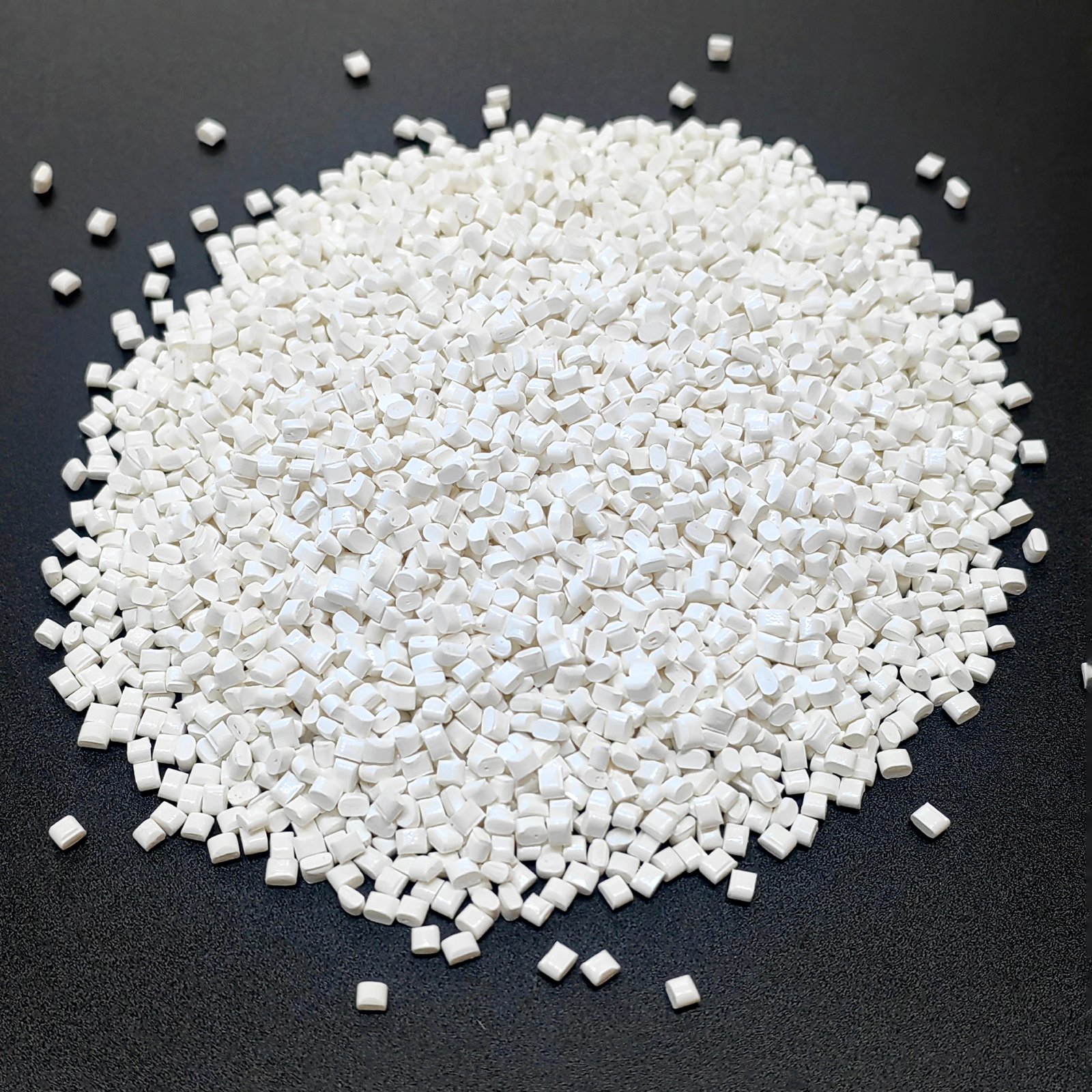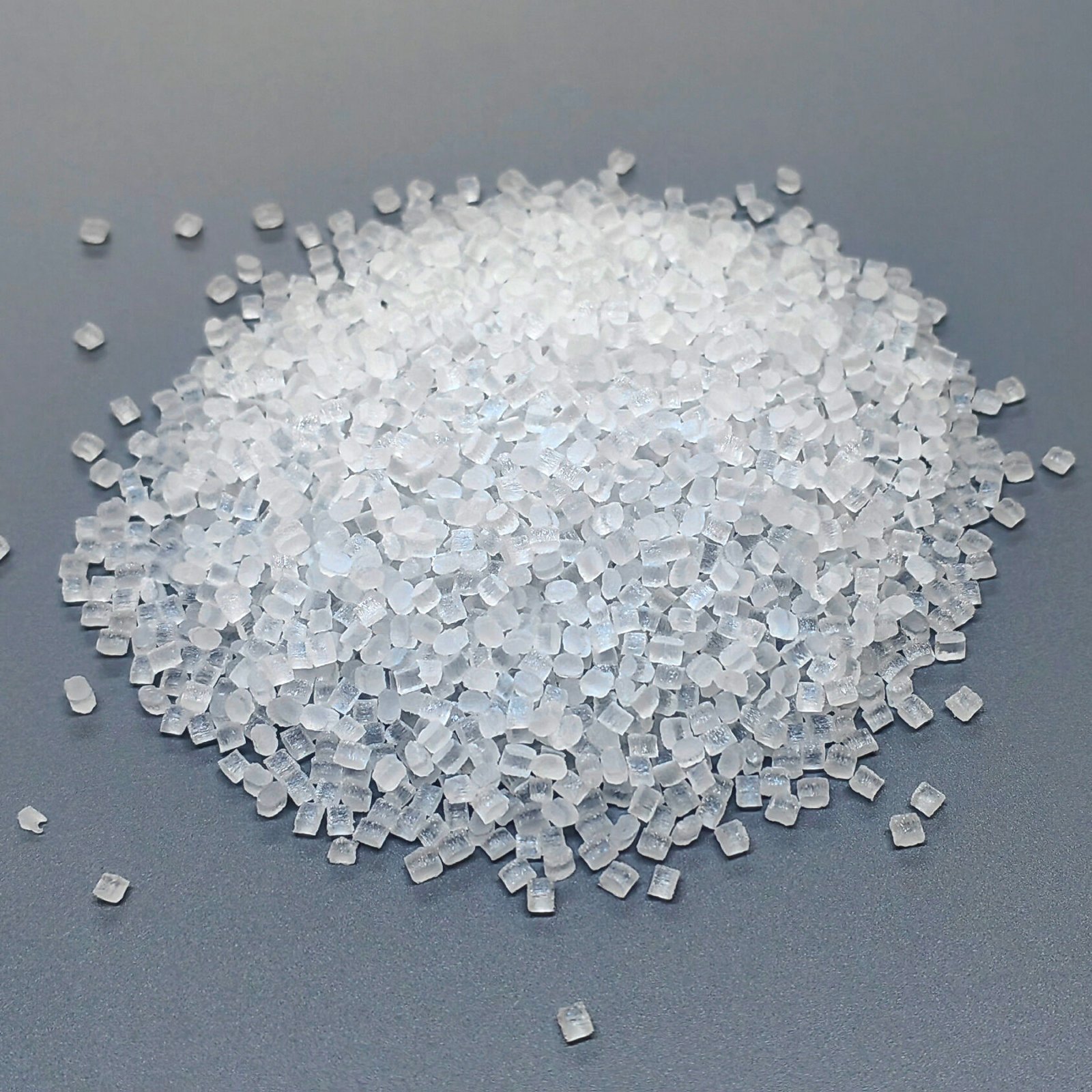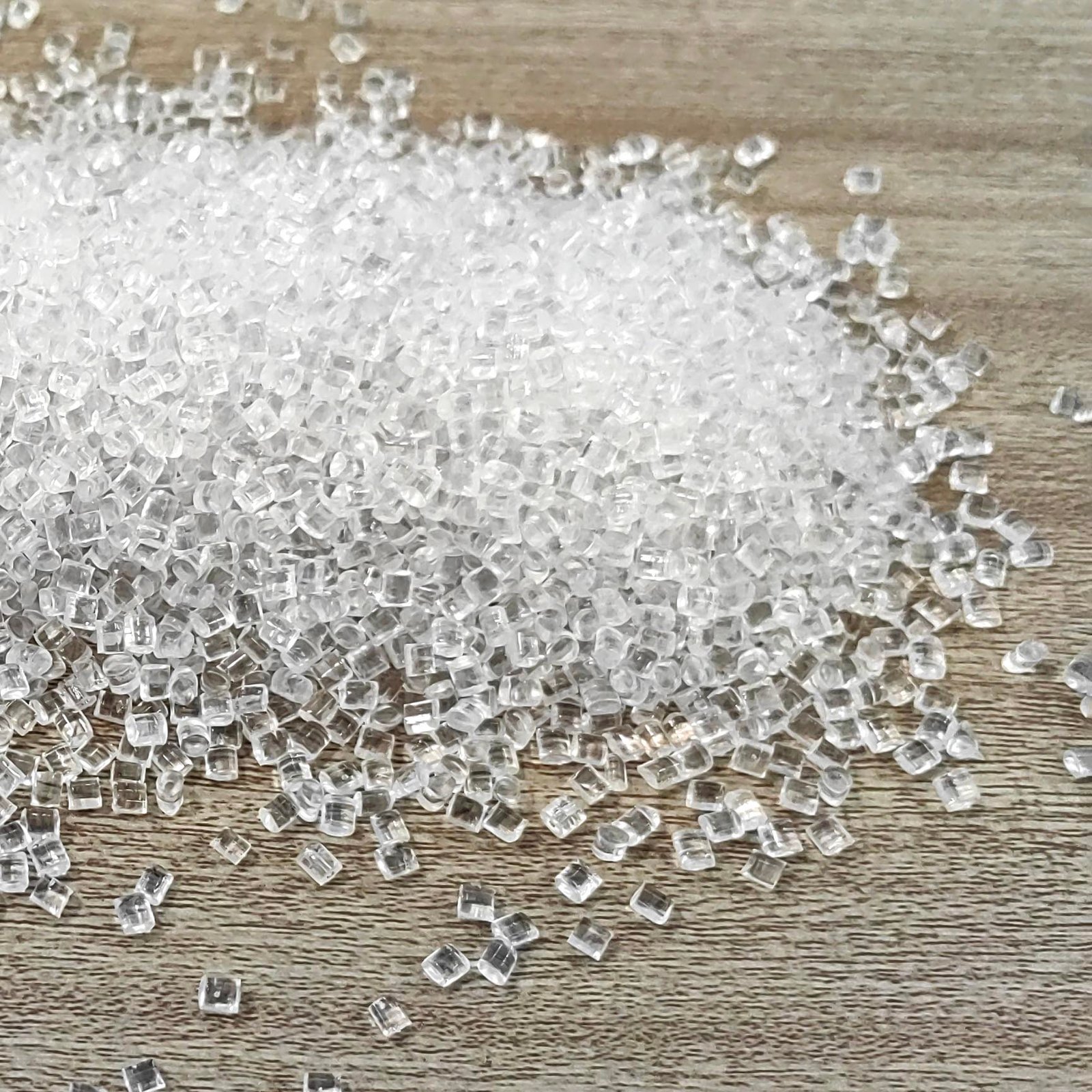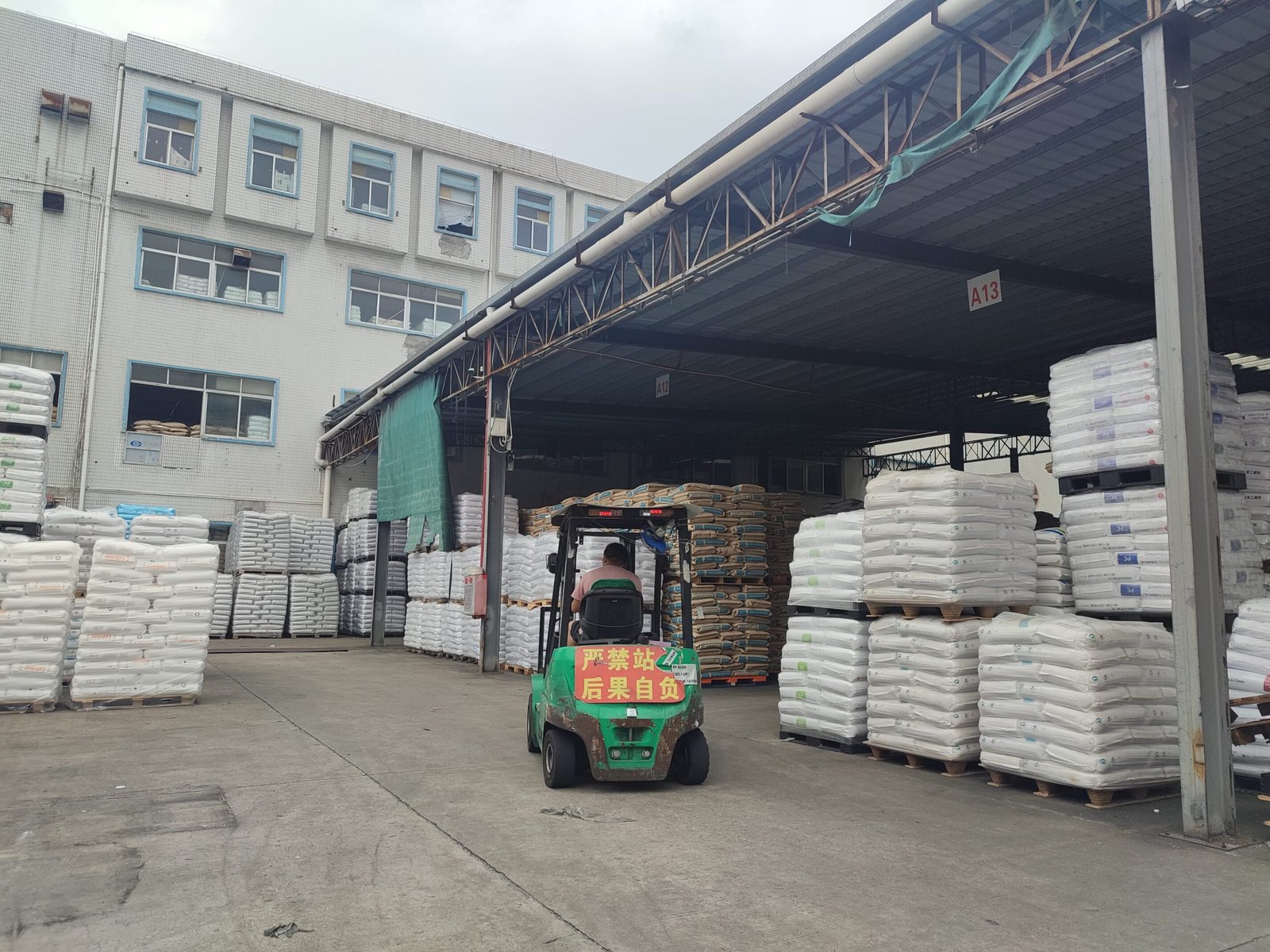PRODUCTEN
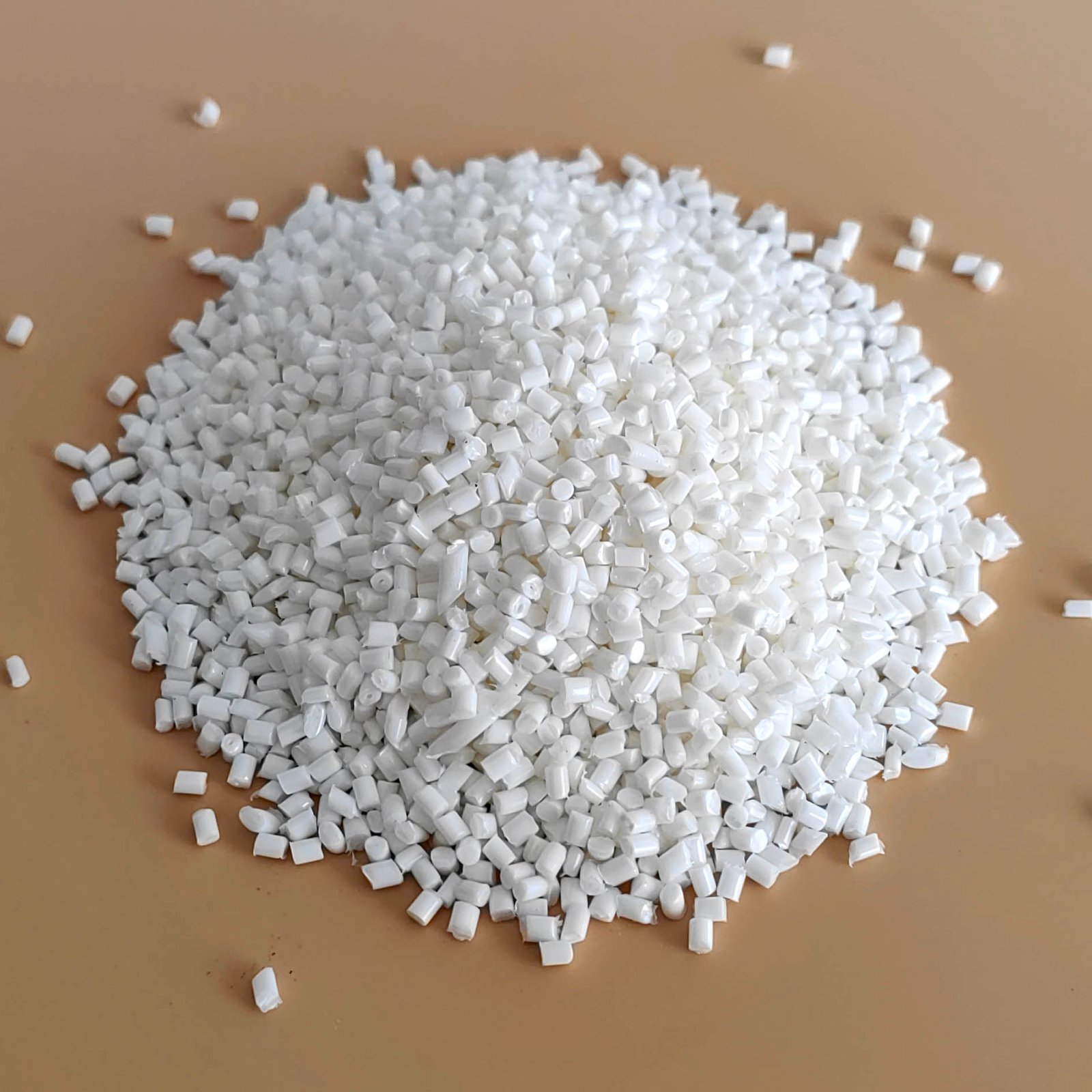

XENOY™ 5220U with PC+PBT Low-Temperature Toughness
Productconstructie
What is XENOY™5220U
When designing components for electronic, electrical systems or automotive applications, engineers often encounter a tricky balance between strength, toughness and processability. From our experience, many buyers find it difficult to find materials that can handle cold environments without cracking and are also easy to shape. XENOY™5220U addresses this challenge in a practical way: it combines the rigidity of PC with the low-temperature toughness of PBT. Due to the impact modification, even the unreinforced grades can absorb impact under cold conditions. You will notice that this "dual-material" approach enables designers to create complex shapes without compromising performance.
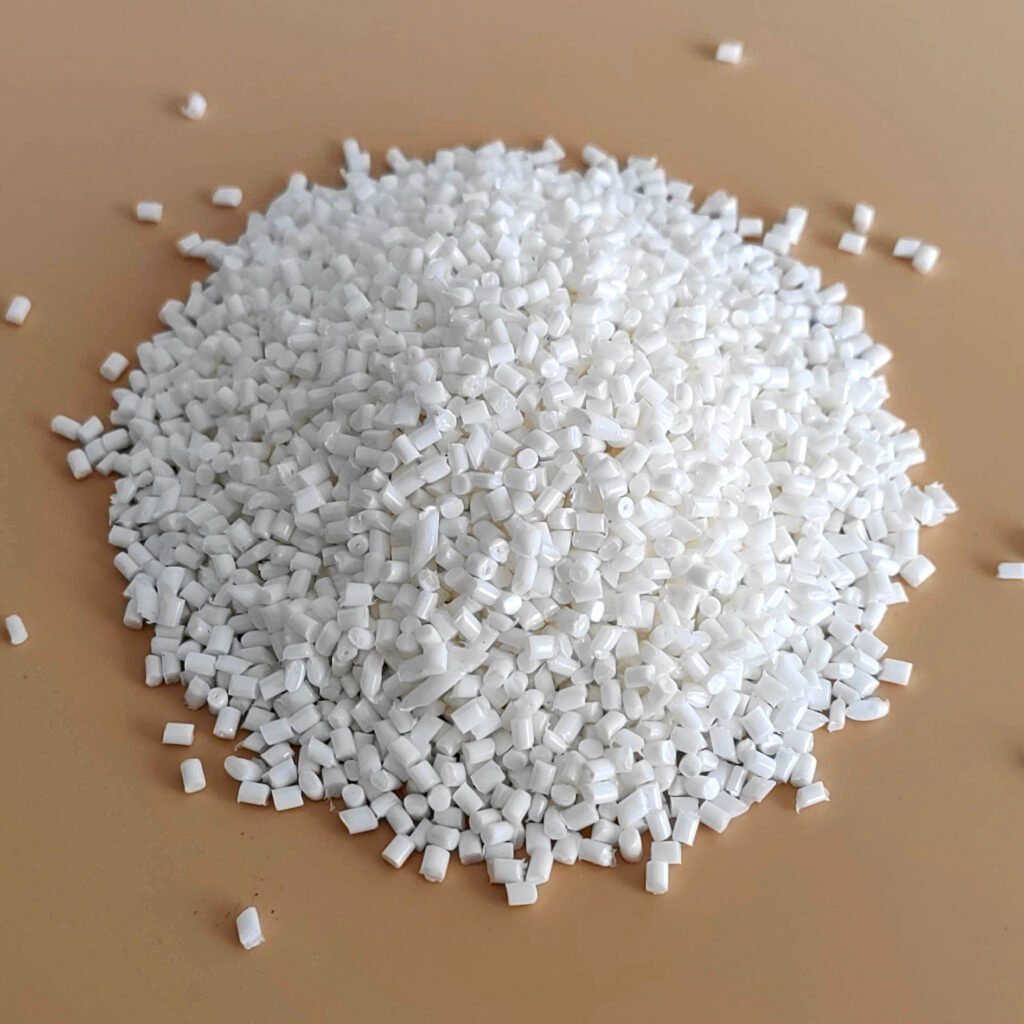
01 | The highlights of the material
Low-temperature toughness
The XENOY™5220U can maintain a stable notch impact value even in cold environments. In fact, this helps to reduce part failures, especially for snap-on designs or thin-walled housings.
Resistant to chemical corrosion
From cleaning agents to common solvents, this material can stand the test of time. Our customers often emphasize that compared with traditional PC or PBT, it extends the product life.
Processing-friendly particles
The granular form makes injection molding smoother, and you will see excellent surface finish on both small and complex parts. This does save time in production.
Flame retardant, safe
With HB rating and powerful electrical performance, XENOY™5220U ensures the safety and reliability of a wide range of electronic and electrical components.
02 | Innovative application scenarios
We often find that designers use the XENOY™5220U in a way that exceeds their initial expectations
Consumer electronic products, he casing and bracket remain durable under low-temperature or high-impact conditions.
The interior of a car - the dashboard, console and decorative components combine aesthetics with resilience.
Industrial electronics - control boxes, sensor housings and enclosures benefit from chemical resistance and flame retardancy.
03 | XENOY™5220U Data Sheet
| UL | Voorwaarde | Standaard | Waarde | Eenheid | |||
| CTI | EN 60112 | 1 | BV | ||||
| HAI | Alle kleuren 1,5 mm | UL746A | 0 | BV | |||
| HAI | Alle kleuren 3,0 mm | UL746A | 0 | BV | |||
| HVTR | UL746A | 0 | BV | ||||
| HWI | Alle kleuren 1,5 mm | UL746A | 3 | BV | |||
| HWI | Alle kleuren 3,0 mm | UL746A | 3 | BV | |||
| RTI | Elec Alle Kleuren 1.5mm | UL 746B | 75 | °C | |||
| RTI | Elec Alle kleuren 3.0mm | UL 746B | 75 | °C | |||
| RTI | Imp Alle Kleuren 1.5mm | UL 746B | 75 | °C | |||
| RTI | Imp Alle Kleuren 3.0mm | UL 746B | 75 | °C | |||
| RTI | Str Alle kleuren 1,5 mm | UL 746B | 75 | °C | |||
| RTI | Str Alle kleuren 3,0 mm | UL 746B | 75 | °C | |||
| Volumeweerstand | ASTM D257 | 1E14 | Ω.cm | ||||
| Dimensionale stabiliteit | UL746 | 0.0 | % | ||||
| Diëlektrische sterkte | ASTM D149 | 42 | kv/mm | ||||
| Boogweerstand | ASTM D495 | 5 | BV | ||||
| Vlamclassificatie | Alle kleuren 1,5 mm | UL94 | HB | ||||
| Vlamclassificatie | Alle kleuren 3,0 mm | UL94 | HB | ||||
| Mechanisch gedrag | Voorwaarde | Standaard | Waarde | Eenheid | |||
| Verlenging | Breuk 50mm/min | ISO527 | 120 | % | |||
| Buigmodulus | 2,0 mm/minuut | ISO178 | 2000 | MPa | |||
| Izod Un-inkeping Impact | 23°C 4,0mm | ISO180 | Let op | kJ/m² | |||
| Izod Un-inkeping Impact | -30°C 4.0mm | ISO180 | Let op | kJ/m² | |||
| Izod Notch-impact | 23°C 4,0mm | ISO180 | 50 | kJ/m² | |||
| Izod Notch-impact | -30°C 4.0mm | ISO180 | 30 | kJ/m² | |||
| Izod Notch-impact | -40°C 4.0mm | ISO180 | 20 | kJ/m² | |||
| Treksterkte | Opbrengst 50mm/min | ISO527 | 50 | MPa | |||
| Trekmodulus | 1,0 mm/min | ISO527 | 2050 | MPa | |||
| Charpy Un-notch-impact | 23°C 4,0mm | ISO179 | Let op | kJ/m² | |||
| Charpy Un-notch-impact | -30°C 4.0mm | ISO179 | Let op | kJ/m² | |||
| Charpy Notch-impact | 23°C 4,0mm | ISO179 | 55 | kJ/m² | |||
| Charpy Notch-impact | -30°C 4.0mm | ISO179 | 35 | kJ/m² | |||
| Thermisch | Voorwaarde | Standaard | Waarde | Eenheid | |||
| Warmtegeleidingscoëfficiënt | ISO 8302 | 0.2 | W/(m·°C) | ||||
| HDT | 0,45 MPa 4,0 mm | ISO75 | 105 | °C | |||
| HDT | 1,8 MPa 4,0 mm | ISO75 | 82 | °C | |||
| Vicat-verzachtingstemperatuur | 50°C/uur 10N | ISO306 | 155 | °C | |||
| Vicat-verzachtingstemperatuur | 50°C/uur 50N | ISO306 | 120 | °C | |||
| Vicat-verzachtingstemperatuur | 120°C/uur 50N | ISO306 | 125 | °C | |||
| Fysieke eigendom | Voorwaarde | Standaard | Waarde | Eenheid | |||
| Wateropname | 23°C Verzadiging | ISO62 | 0.5 | % | |||
| Wateropname | 23°C 50RV | ISO62 | 0.15 | % | |||
| Krimp | Stroom | INTERNE METHODE | 0.7~1.1 | % | |||
| Krimp | xFlow | INTERNE METHODE | 0.8~1.1 | % | |||
| Dikte | ISO1183 | 1.22 | g/cm³ | ||||
| Smeltindex | 250°C 5kg | ISO1133 | 15 | cm³/10min | |||
| Elektrische eigenschappen | Voorwaarde | Standaard | Waarde | Eenheid | |||
| Diëlektrische constante | 1 MHz | EN 60250-norm | 3.3 | ||||
| Diëlektrische constante | 50/60Hz | EN 60250-norm | 3.3 | ||||
| Dissipatiefactor | 1 MHz | EN 60250-norm | 0.02 | ||||
| Dissipatiefactor | 50/60Hz | EN 60250-norm | 0.002 | ||||
| Ontvlambaarheid | Voorwaarde | Standaard | Waarde | Eenheid | |||
| Vlamclassificatie | Alle kleuren 1,5 mm | UL94 | HB | ||||
| Vlamclassificatie | 3,0 mm | UL94 | HB | ||||
04 | Practical processing skills
Spuitgieten - Uniform mold cooling, temperature control, appropriate injection speed, reduced warpage and internal stress. Based on our experience, minor adjustments can significantly improve the quality of parts.
Dimensional stability - shrinkage is consistent, which makes high-precision parts easier to handle and often reduces post-processing costs.
Complex shapes - High fluidity is suitable for thin-walled or complex designs, helping to accelerate the production cycle.
05 | Industry competitive advantage
Leading low-temperature impact - It performs particularly well in cold conditions in non-reinforced PC+PBT grades.
The balance performance - strength, toughness and chemical resistance have been optimized, minimizing the need for additional modification.
Global compliance - UL and ISO certifications make it suitable for global applications.
06 | Customer feedback
Several automotive and electronic product manufacturers reported that:
・Reduce part damage and extend product lifespan
・A smoother surface and improved injection efficiency
・It has reliable performance even in low-temperature environments
07 | Frequently Asked Questions - Buyer's Notes
Q1: Can it be used outdoors?
It can handle low temperatures, but when exposed to sunlight for a long time, it needs to be protected from ultraviolet rays.
Q2: Is it suitable for precision molds?
Yes. A stable shrinkage rate makes complex or precision parts easier to manage, usually without the need for additional post-processing.
Q3: Can it be used in electronic chassis?
Absolutely. Its HB grade and high volume resistivity provide safety and reliability for various products.
08 | Why cooperate with Juyuan
Global supply guarantee - Direct imports ensure stable supply without any middlemen.
Technical support - We offer guidance on material selection, process optimization, and practical application solutions.
Efficient logistics - Serving major international markets, we help ensure on-time delivery and the continuity of production.
Customer-centric approach - Our team often works with designers and engineers to ensure that materials meet technical and practical requirements.
In short, choosing Juyuan and XENOY™5220U means you get more than just a material, but a partner who understands how it performs in your actual products.
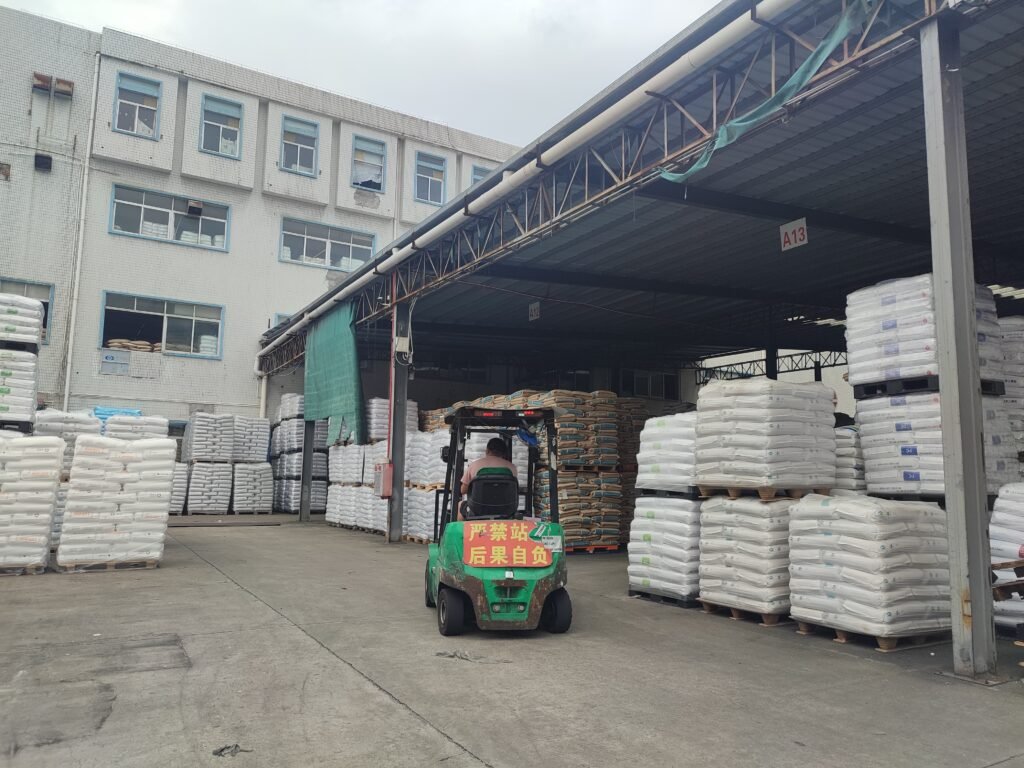
【Gerelateerde aanbevelingen】
XENOY™ 6370: High-Toughness, Ductile PC+PBT Engineering Plastic Meer informatie>
What is PBT Material? — Procurement Guide and Market Insights Meer informatie>
VALOX™ V3900WX: UV-Resistant PC+PBT for Automotive and Industrial Applications Meer informatie>
